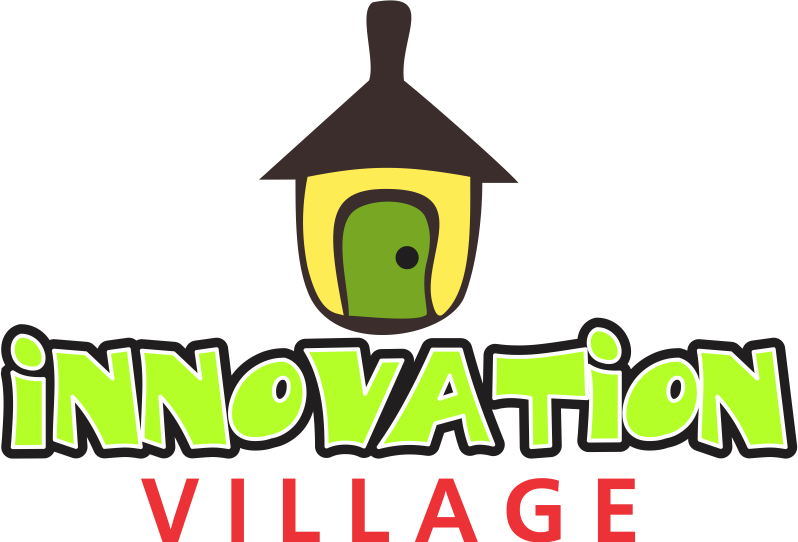The creator economy in Africa has long been shaped by middlemen, gatekeepers, and platforms that take a significant cut from artists’ earnings. Whether in music, visual art, or digital content, many African creators have struggled to fully profit from their work.
But with the rise of Web3 and crypto, creators’ luck is beginning to change. Blockchain technology is allowing creators to bypass middlemen, own their creations outright, and monetize their work in ways that seemed like a dream before.
The Problem With Traditional Platforms and Artists
For years, African artists have relied on social media platforms, streaming services, and galleries to showcase their work. While these platforms give them visibility, they rarely provide fair compensation. Streaming platforms like Spotify and Apple Music pay them fractions of a cent per stream, while visual artists often lose significant earnings to galleries or agencies. Even digital content creators on YouTube and Instagram depend on ad revenue and sponsorships, and these are controlled by algorithms they have no say over.
Web3 presents an effective alternative. Artists can now leverage blockchain and crypto to have control over their earnings.
NFTs and Digital Ownership
One of the biggest ways Web3 is changing the creator economy is through Non-Fungible Tokens (NFTs). With NFTs, creators can tokenize their work on the blockchain, proving ownership and authenticity. Instead of relying on third parties to distribute and sell their work, they can sell directly to buyers, keeping a larger share of their profits.
For African artists, this has changed lives so much. Platforms like OpenSea and Foundation have allowed them to reach a global audience without dealing with middlemen. Digital artists like Nigeria’s Osinachi have gained international recognition, selling their work for thousands of dollars through NFTs.
Beyond just sales, NFTs allow artists to earn royalties. Every time an NFT is resold, the original artist gets a percentage of the transaction. This means creators don’t just make money once but continue to profit as their work gains value.
Crypto Payments: Bypassing Financial Barriers
Many African artists face challenges when it comes to receiving international payments. Traditional banking systems crush them with high transaction fees, and platforms like PayPal have restrictions in many African countries. Web3 eliminates these barriers by enabling direct payments through cryptocurrencies like Ethereum and USDT.
With crypto, an artist in Lagos can sell their work to a buyer in New York without worrying about currency conversion, bank delays, or hidden fees. This financial independence allows artists to focus more on creating and less on navigating payment challenges.
Decentralized Platforms for Artists
Another key aspect of Web3 is decentralized platforms. Unlike traditional social media or streaming services, decentralized platforms are not controlled by a single company. Instead, they run on blockchain networks, giving artists more control over their content and earnings.
Platforms like Audius (a decentralized music streaming service) allow artists to distribute music without the interference of record labels. Similarly, Web3 social platforms like Lens Protocol let creators engage with their audience without relying on Instagram or Twitter algorithms.
For African artists who often struggle with censorship, low earnings, and lack of control, these platforms provide a new way to connect with fans while earning directly.
The Future of Web3 for African Artists
Web3 is still evolving, and while challenges like crypto volatility and NFT scepticism are prominent, the opportunities for African artists are undeniable. With blockchain technology, they can build sustainable careers on their own terms, free from the restrictions of traditional platforms.
What do you think of Web3 for artists? Let us know down below.


